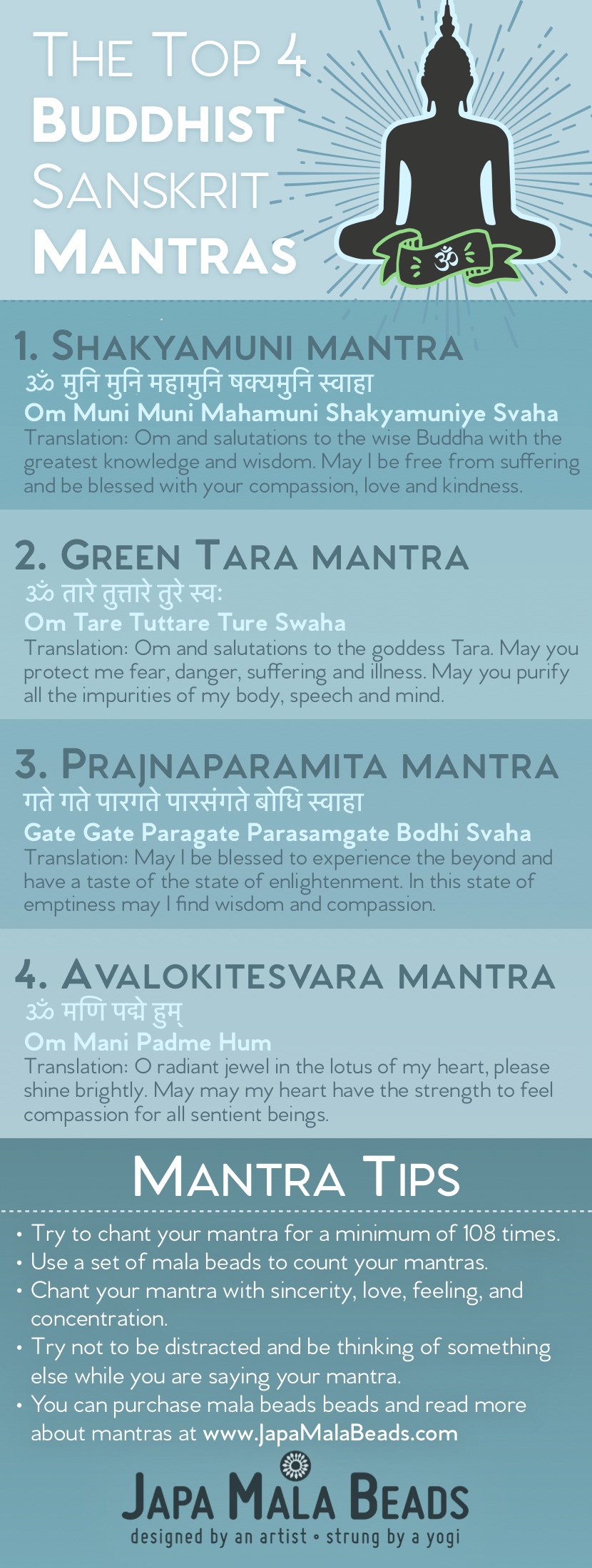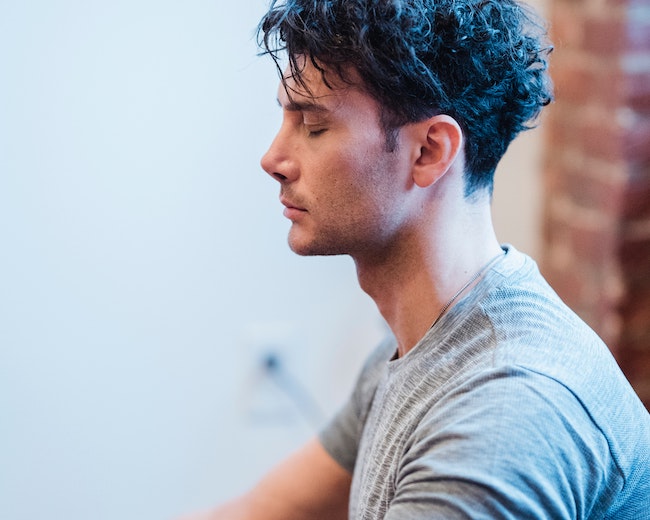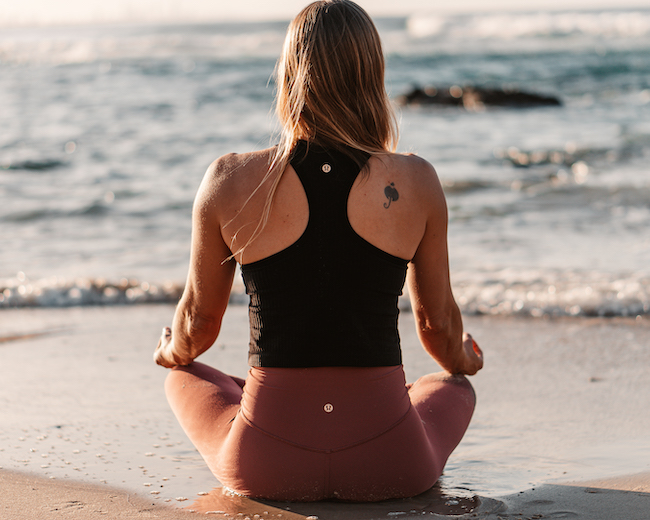Do you meditate using Mala beads? I was first introduced to Japa (meditation using Mala beads) in a yoga teacher training course about six years ago. It’s a practice I return to whenever my mind feels particularly busy.
I recently interviewed Timothy from Japa Mala Beads. Timothy has been practicing Japa for about 20 years, and making Malas for nearly 15 years. He has a wealth of knowledge to share.
How long have you been creating Malas?
I started making malas in 2004 after my first mala broke. I was frustrated at seeing all of the poor craftsmanship of the malas in the shops, and so I decided to try and make my own. After making about six malas, I decided to try and sell them online, and that’s when Japa Mala Beads began.
What is your process for designing and creating a Mala?
Designing and creating a new mala is a very intuitive process for me. I am constantly searching and shopping for gemstone, metal, and wood beads. It can take several months after finding some new and unique needs to match them up with a complementary bead. Once I find a good pairing than the mala design usually comes together pretty quickly. We usually try out several different pattern variations and then choose the version that has the most beauty and power.

How does using Mala beads enhance a meditation practice?
There are a couple of ways that mala beads enhance meditation. Firstly, holding and touching the beads creates a tactile sensation to focus the mind on to steer it away from the preoccupation of our thoughts. Secondly, using a mala to count repetitions of mantras acts as a timer to give one regularity of a set time, which is important in a successful meditation practice. Lastly, the energetic properties of the gemstone and wood beads can help keep the mind calm, clear, and focused.
What tips do you have for beginners using Mala beads?
The most important thing when starting using mala beads is not to give up right away. It can be a bit tricky to get the feel of using the mala while chanting the mantra, and this often feels awkward at first. Also, if you’ve tried out a mantra for several days and it just doesn’t resonate with you, don’t fret about discarding it and starting your practice over with a new mantra. That being said, be careful not to mix and match too many mantras together—be skillful with your choices.
What is the history of Mala beads and Japa Mala?
Chanting mantras and using mala beads are some of the oldest yogic practices, dating back several thousand years. Originally the mantras were kept highly secret because of their power and potency. It is still recommended to receive a mantra from a guru or teacher, but there are many public mantras available to choose.
What are a few of your favourite Mantras for Japa Mala?
The shorter mantras are more versatile in different lengths of practice and have a stronger rhythmic energy to them. I love the So Hum, and Ham Sa paired mantras, especially when synchronized with the breath. I also use the Aham Prema mantra a lot as it gets to the heart of many life issues with it’s simplistic yet powerful message of “I am pure Divine Love.” The infographic below shows four Buddhist Sanskrit mantras which are also very powerful.

What advice can you offer about how to choose a Mala?
We have a very thorough and detailed article on the different ways to choose mala beads, but in short, you want to first get clear on what your intention and purpose is for buying and using a mala is. Then, let your intuition guide your choices to find a mala of that speaks to you.
How should you care for your Mala beads (storage, cleaning, etc)?
Mala beads are a sacred object. Care for them with respect and reverence. The main thing is to be mindful of where you store them when not in use. Gemstone Marlows will fade with prolonged exposure to direct sunlight, so it’s best to use a mala bag or a box to store them. Mala beads well collect your body oils during wear and use, and if there’s builds up, you can wipe them with a soft damp cloth.






Leave A Comment